Home>Renovation & DIY>Home Renovation Guides>What Home Improvements Do Not Add Value?
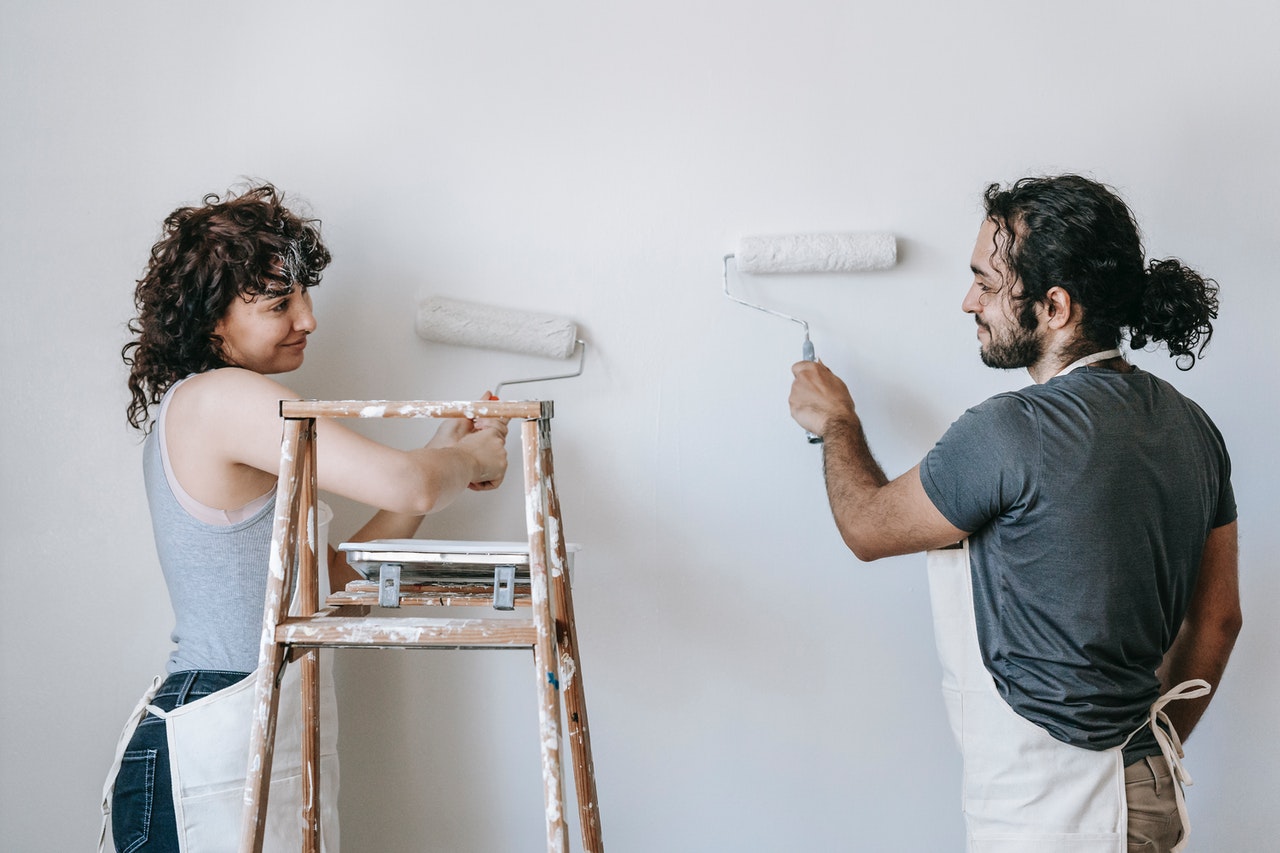

Home Renovation Guides
What Home Improvements Do Not Add Value?
Modified: January 19, 2024
Discover which home improvements do not add value to your property with our comprehensive home renovation guide. Avoid wasting money on projects that won't increase your home's worth.
(Many of the links in this article redirect to a specific reviewed product. Your purchase of these products through affiliate links helps to generate commission for Storables.com, at no extra cost. Learn more)
**
Introduction
**
When it comes to home improvements, the goal is often to enhance both the functionality and the value of a property. However, not all renovations and upgrades yield a positive return on investment. In fact, some may even detract from the overall value of the home. It's essential for homeowners to make informed decisions about which improvements to pursue, especially if the primary aim is to increase the property's resale value. In this guide, we'll explore several home improvements that may not add value to a home, and in some cases, could even make it more challenging to sell. By understanding these potential pitfalls, homeowners can make more strategic choices about how to invest in their properties. Let's delve into the world of home renovations and discover which upgrades may not provide the desired return on investment.
**
Key Takeaways:
- Don’t overspend on extravagant landscaping, high-end light fixtures, swimming pools, or highly customized features. Focus on timeless, versatile upgrades to attract more buyers and maximize property value.
- Prioritize versatile, low-maintenance upgrades and essential “invisible” improvements to enhance your home’s appeal and functionality. Balance personal enjoyment with market appeal for long-term value.
Read more: What Home Improvements Add Most Value?
Over-the-Top Landscaping
**
While a well-maintained and visually appealing outdoor space can undoubtedly enhance a property's curb appeal, it's essential to strike a balance. Over-the-top landscaping, characterized by intricate and high-maintenance features, may not always translate to increased property value. Elaborate water features, extensive hardscaping, and exotic plantings can be costly to install and maintain. Moreover, they may not align with the preferences of potential buyers, leading to a limited return on investment.
Instead of investing in extravagant landscaping, homeowners may want to focus on creating a tidy, low-maintenance outdoor area. This could include well-manicured lawns, strategically placed shrubbery, and a few simple yet elegant features to enhance the overall aesthetic. By opting for a more understated approach, homeowners can potentially attract a broader range of buyers while avoiding the pitfalls of over-the-top landscaping.
**
High-End Light Fixtures
**
Lighting plays a crucial role in shaping the ambiance and functionality of a home. While well-chosen light fixtures can undoubtedly elevate the overall aesthetic, investing in high-end, extravagant lighting may not always yield a significant return on investment. This is particularly true if the fixtures are highly personalized and cater to specific tastes.
When considering lighting upgrades, homeowners should prioritize fixtures that offer versatility and broad appeal. Opting for fixtures that are stylish yet adaptable to various interior design preferences can make the property more appealing to potential buyers. Additionally, focusing on energy-efficient lighting solutions can be a more practical and cost-effective approach, as it aligns with the growing emphasis on sustainability and lower utility costs.
By opting for more universally appealing and energy-efficient light fixtures, homeowners can enhance the overall appeal of their property without overspending on extravagant, high-end options that may not align with the preferences of potential buyers.
**
Swimming Pools
**
While a swimming pool can be a source of enjoyment and relaxation for homeowners, it may not always translate to a significant increase in property value. The installation and maintenance costs associated with swimming pools can be substantial, and the appeal of this feature is highly subjective. Potential buyers may view a pool as an additional responsibility rather than a desirable asset, especially if they are concerned about maintenance, safety, or the costs of upkeep.
Furthermore, in regions with cooler climates or shorter summers, the usability of a swimming pool may be limited, reducing its appeal to a significant portion of potential buyers. In such cases, the presence of a pool could potentially deter rather than attract prospective purchasers.
It’s important for homeowners to consider the local market trends and the preferences of potential buyers in their area before investing in a swimming pool. In some instances, the resources allocated to pool installation and maintenance may yield a higher return if directed towards other home improvements with broader appeal.
Ultimately, while swimming pools can be a source of personal enjoyment, their impact on property value may not always align with the substantial investment and ongoing maintenance they require.
**
Highly Customized Features
**
While personalization is often a key aspect of making a house feel like a home, highly customized features can present challenges when it comes to adding value to a property. This is particularly relevant in the context of unique or unconventional renovations that cater to specific, individual tastes.
Highly customized features, such as elaborate built-in structures, unconventional room layouts, or niche design elements, may limit the appeal of a property to a broader audience. Potential buyers may view these features as idiosyncratic and may be hesitant to invest in a home that requires significant alterations to align with their preferences.
When considering home improvements, homeowners should carefully evaluate the potential resale implications of highly personalized features. Opting for more universally appealing and adaptable design choices can make the property more attractive to a wider range of potential buyers. This could involve focusing on timeless and versatile design elements that allow for personalization without imposing a specific style or aesthetic onto the property.
By striking a balance between personalization and broad appeal, homeowners can ensure that their property retains its marketability and potential for a favorable return on investment.
**
Upgrading to a high-end HVAC system or adding a swimming pool may not add value to your home. Potential buyers may not be willing to pay extra for these features.
Read more: What Home Improvement Projects Add Value
Trendy Paint Colors
**
Painting is often considered one of the most accessible and cost-effective ways to refresh the look of a home. However, when it comes to selecting paint colors, homeowners should exercise caution, especially when considering trendy or unconventional color choices.
While trendy paint colors can infuse a sense of contemporary style into a property, they may not always resonate with potential buyers. Trends in interior design are constantly evolving, and a color palette that is fashionable today may quickly become outdated. This can pose challenges when attempting to market the property to prospective buyers, particularly those who prefer a more timeless and versatile aesthetic.
When repainting a home, homeowners should consider opting for neutral and universally appealing color schemes. Neutral tones not only provide a versatile backdrop for various decor styles but also offer potential buyers the opportunity to envision their own preferences within the space. Additionally, neutral colors can create a sense of visual continuity throughout the home, contributing to a cohesive and inviting atmosphere.
By prioritizing timeless and adaptable paint choices over fleeting trends, homeowners can enhance the marketability of their property and appeal to a broader spectrum of potential buyers.
**
Home Office Renovations
**
With the rise of remote work and the increasing emphasis on flexible work arrangements, home offices have become a focal point for many homeowners. While a well-designed and functional home office can enhance the livability of a property, extensive and highly specialized office renovations may not always translate to a significant increase in resale value.
Investing in highly customized or overly elaborate home office features, such as built-in organizational systems tailored to specific professional needs, can limit the versatility of the space. Potential buyers may prefer a blank canvas that allows them to personalize the home office according to their unique work requirements and aesthetic preferences.
When renovating a home office, homeowners should prioritize creating a versatile and adaptable workspace. This could involve incorporating modular storage solutions, ergonomic furniture, and ample natural light to create a comfortable and functional environment. By focusing on the foundational elements of a well-designed office space, homeowners can appeal to a broader audience of potential buyers who value flexibility and customization.
Additionally, highlighting the potential of the space as a multi-functional area, such as a guest bedroom or a creative studio, can further enhance its appeal. This approach allows potential buyers to envision the space serving their diverse needs, thereby increasing its value in their eyes.
By approaching home office renovations with a focus on flexibility and broad appeal, homeowners can ensure that their property remains attractive to a wide range of prospective buyers, ultimately contributing to its market value.
**
Wall-to-Wall Carpeting
**
While carpeting can add warmth and comfort to a home, wall-to-wall carpeting, especially in certain areas of the home, may not always align with the preferences of potential buyers and could potentially detract from the overall value of the property.
One of the primary concerns associated with wall-to-wall carpeting is its maintenance and cleanliness. Stains, wear, and allergens can become deeply embedded in carpet fibers, posing challenges for homeowners, particularly those with allergies or pets. Additionally, certain styles of carpeting, especially those with bold patterns or outdated colors, may not appeal to a broad range of buyers, limiting the marketability of the property.
Opting for hard flooring options, such as hardwood, laminate, or luxury vinyl, can offer a more universally appealing and low-maintenance alternative to wall-to-wall carpeting. These flooring options are often favored for their durability, ease of cleaning, and timeless aesthetic appeal. Additionally, they provide greater flexibility for potential buyers to personalize the space with area rugs or alternative floor coverings according to their preferences.
When seeking to enhance the value of a property, homeowners should consider the potential impact of wall-to-wall carpeting on the overall appeal of the home. By prioritizing flooring options that offer versatility, durability, and broad market appeal, homeowners can create a more attractive and desirable living environment for potential buyers.
Invisible Improvements
When considering home renovations aimed at increasing the property’s value, it’s essential to strike a balance between visible enhancements and “invisible” improvements. While certain upgrades may not directly contribute to the aesthetic appeal of the home, they play a crucial role in its functionality, efficiency, and long-term maintenance.
One common example of an “invisible” improvement is updating the home’s infrastructure, such as plumbing, electrical systems, or insulation. While these upgrades may not immediately catch the eye of potential buyers, they are fundamental to the overall quality and sustainability of the property. Upgrading to energy-efficient appliances, improving insulation, or replacing outdated plumbing can significantly enhance the home’s operational efficiency, reduce utility costs, and contribute to a more comfortable living environment.
Another often overlooked “invisible” improvement is addressing structural issues or investing in preventive maintenance. Repairing the foundation, addressing moisture issues, or reinforcing the structural integrity of the home may not be immediately noticeable, but they are essential for the property’s long-term stability and value. Potential buyers are likely to appreciate the peace of mind that comes with knowing the home has been well-maintained and structurally sound.
While these invisible improvements may not result in a dramatic visual transformation, they are critical for the overall desirability and market value of the property. Homeowners should consider the long-term benefits and cost savings associated with these upgrades, as they contribute to the overall appeal and functionality of the home.
Conclusion
When it comes to home improvements, it’s essential for homeowners to carefully evaluate the potential impact of each renovation on the property’s value and marketability. While personal preferences and lifestyle needs play a significant role in shaping the home environment, certain upgrades may not yield a favorable return on investment or may even deter potential buyers.
By being mindful of over-the-top landscaping, high-end light fixtures, swimming pools, highly customized features, trendy paint colors, home office renovations, wall-to-wall carpeting, and the significance of “invisible” improvements, homeowners can make more informed decisions about where to allocate their resources.
Striking a balance between personal enjoyment and market appeal is key to maximizing the value of a property. Opting for versatile, timeless, and universally appealing upgrades can enhance the property’s marketability and attract a broader range of potential buyers. Additionally, investing in essential “invisible” improvements, such as infrastructure upgrades and preventive maintenance, contributes to the long-term sustainability and desirability of the home.
Ultimately, by approaching home improvements with a strategic mindset and a focus on the broader market, homeowners can ensure that their property maintains its value and appeal, both for their own enjoyment and for potential resale in the future.
Frequently Asked Questions about What Home Improvements Do Not Add Value?
Was this page helpful?
At Storables.com, we guarantee accurate and reliable information. Our content, validated by Expert Board Contributors, is crafted following stringent Editorial Policies. We're committed to providing you with well-researched, expert-backed insights for all your informational needs.
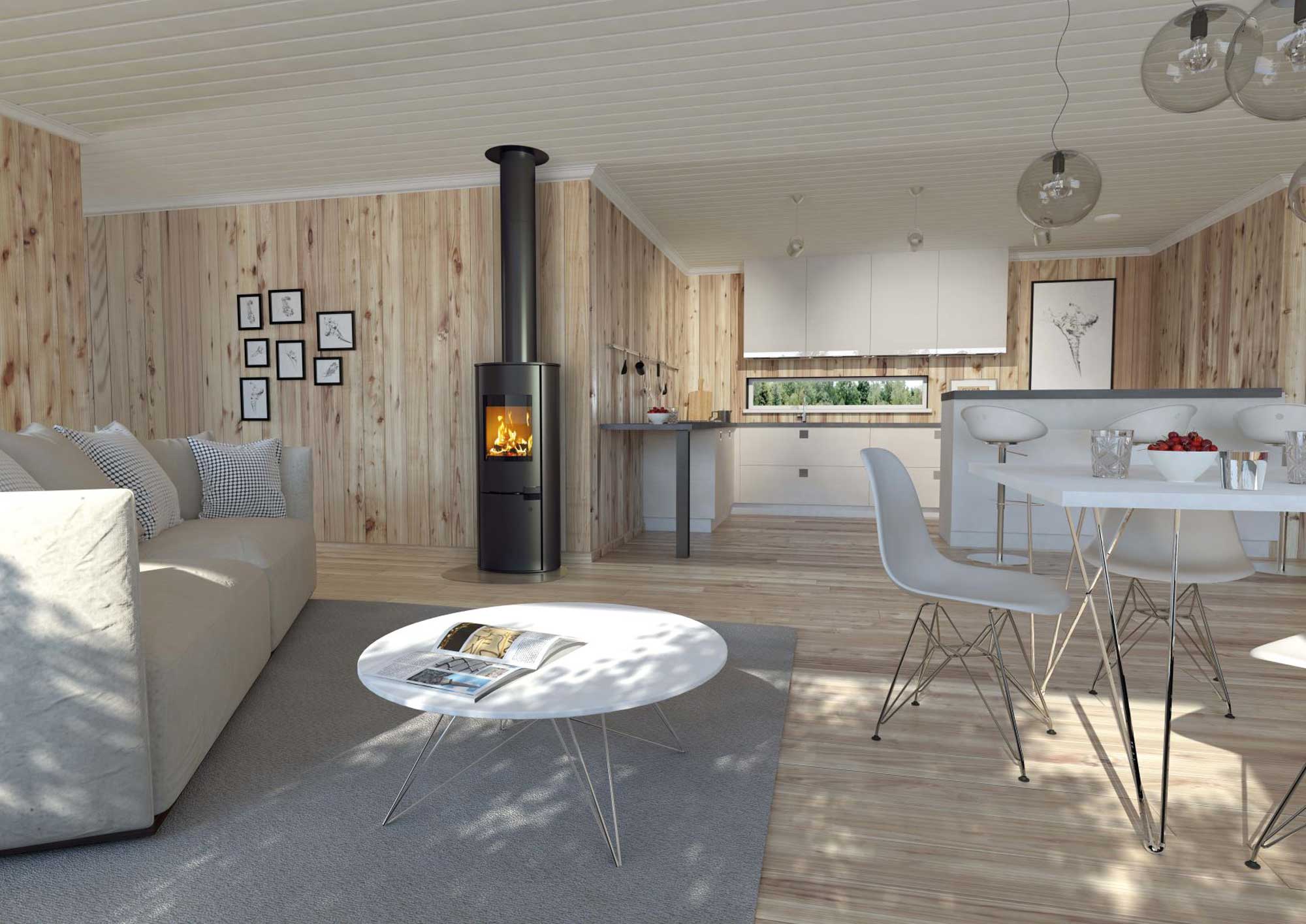
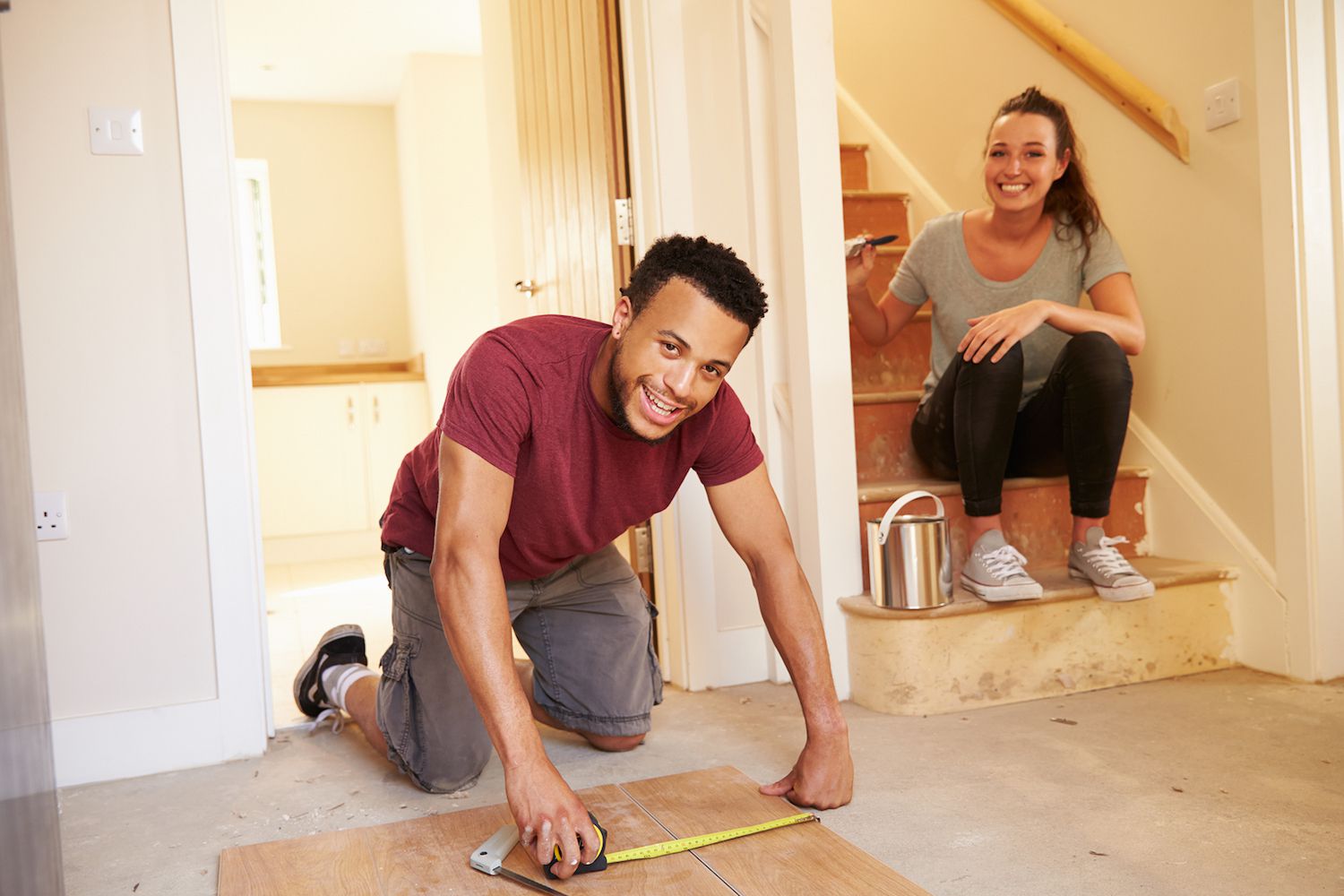
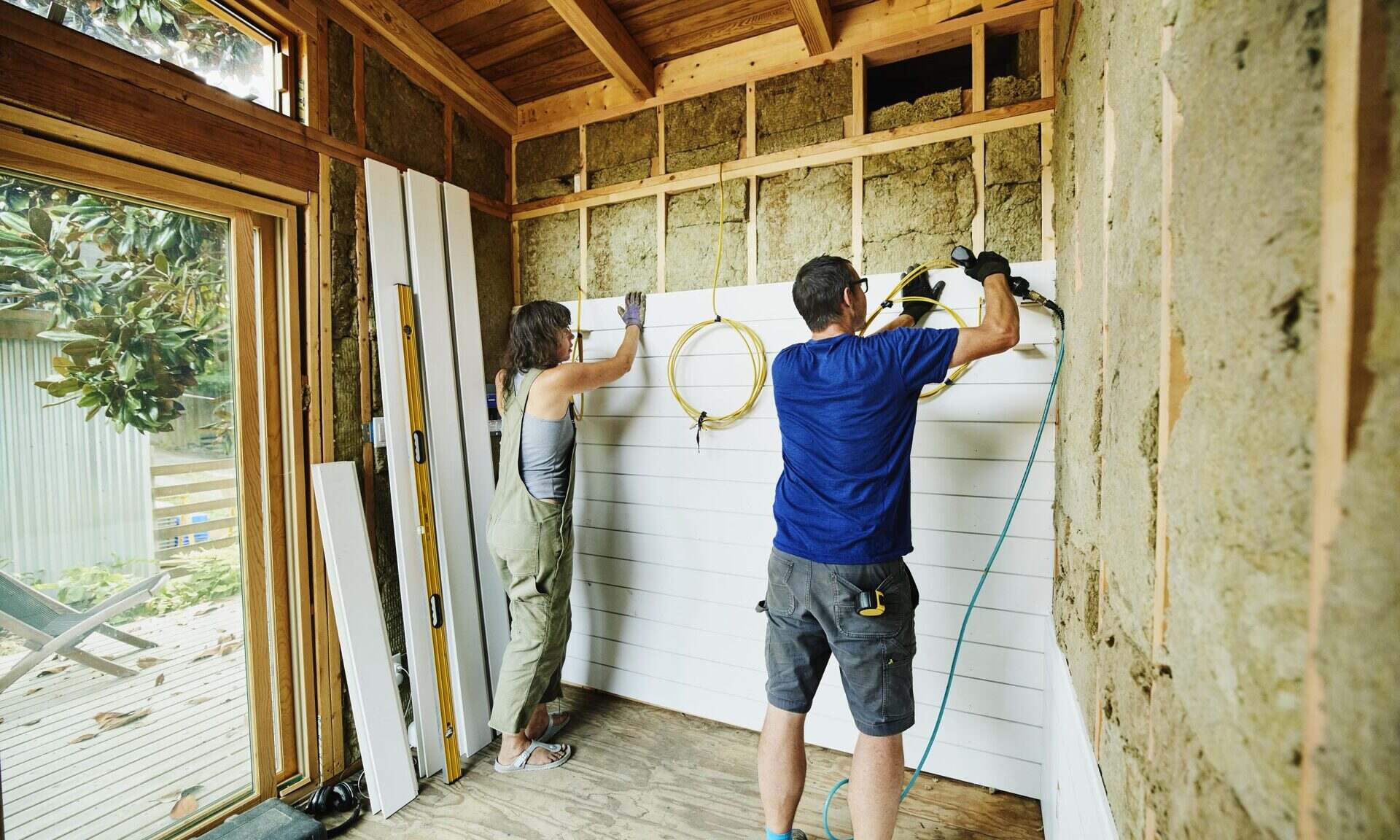
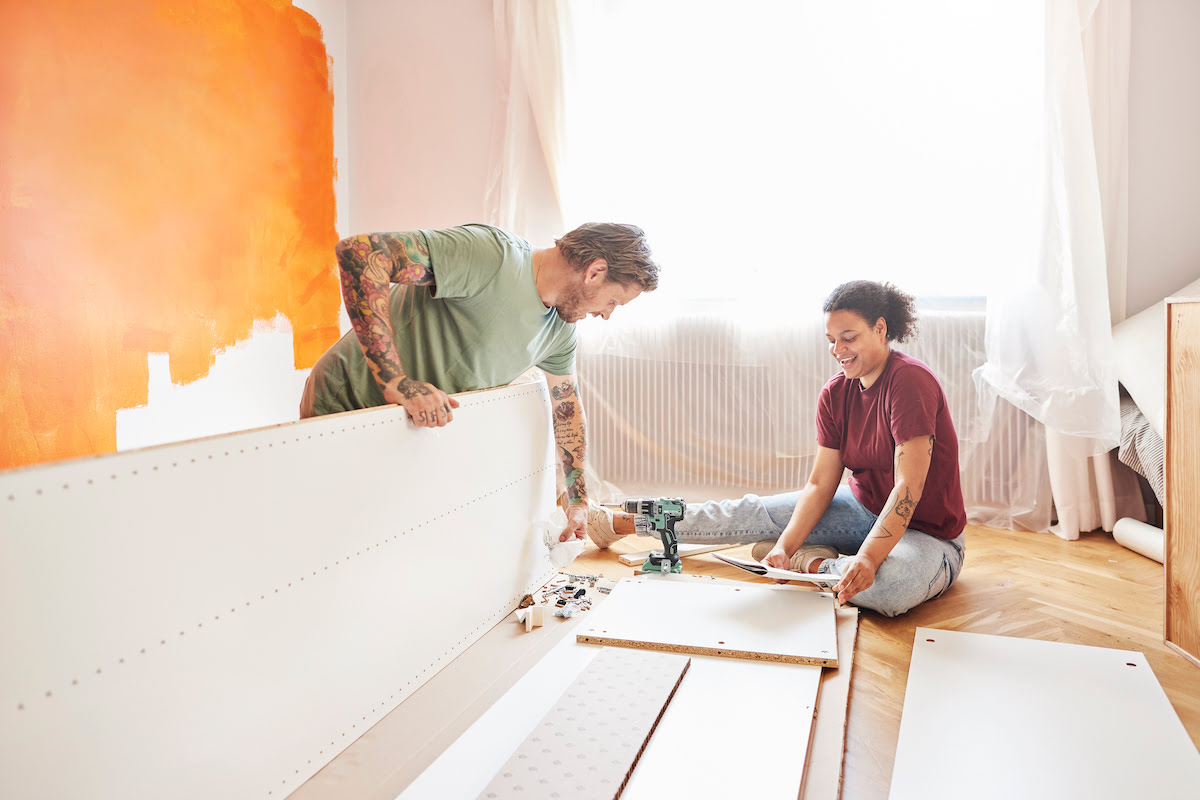
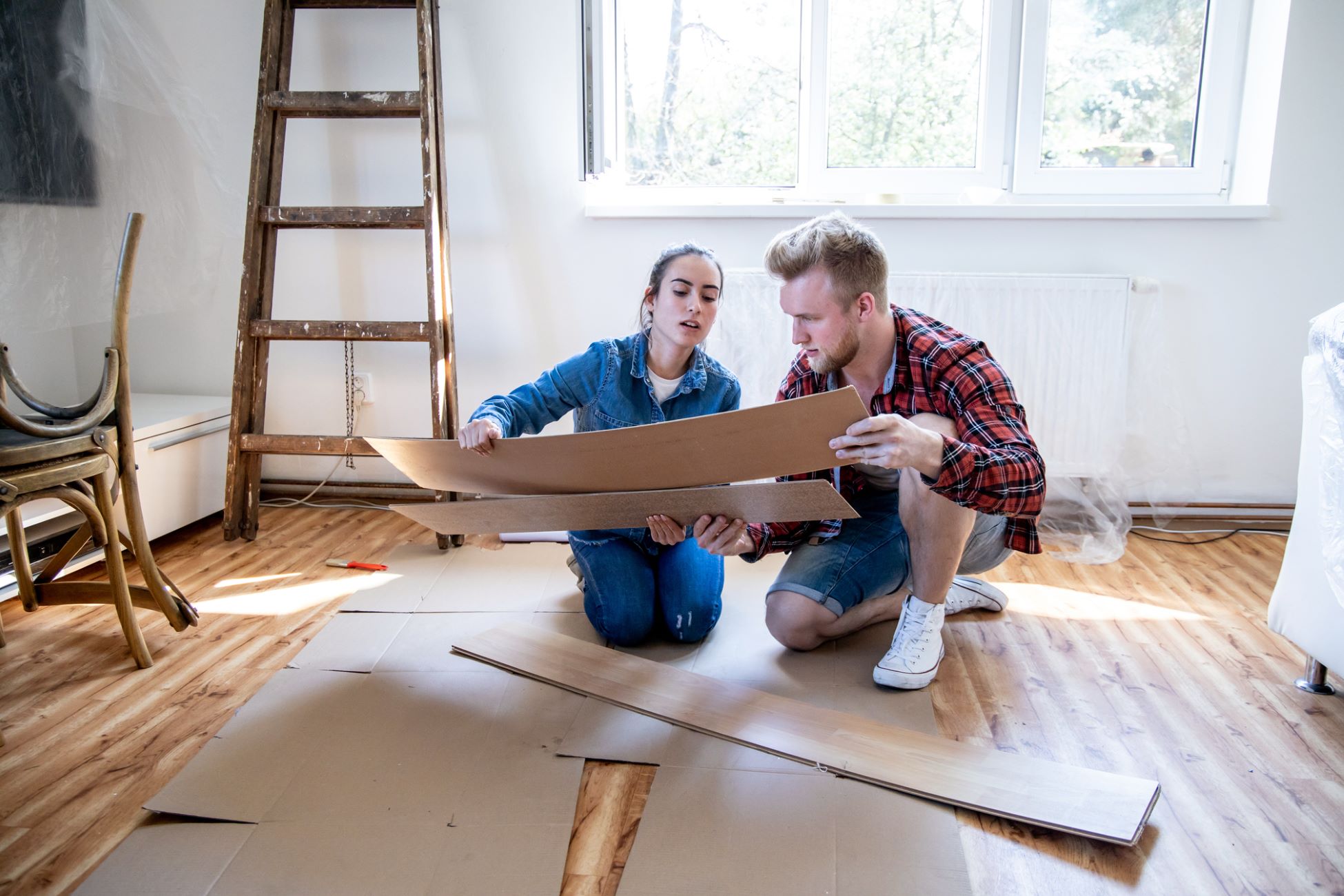
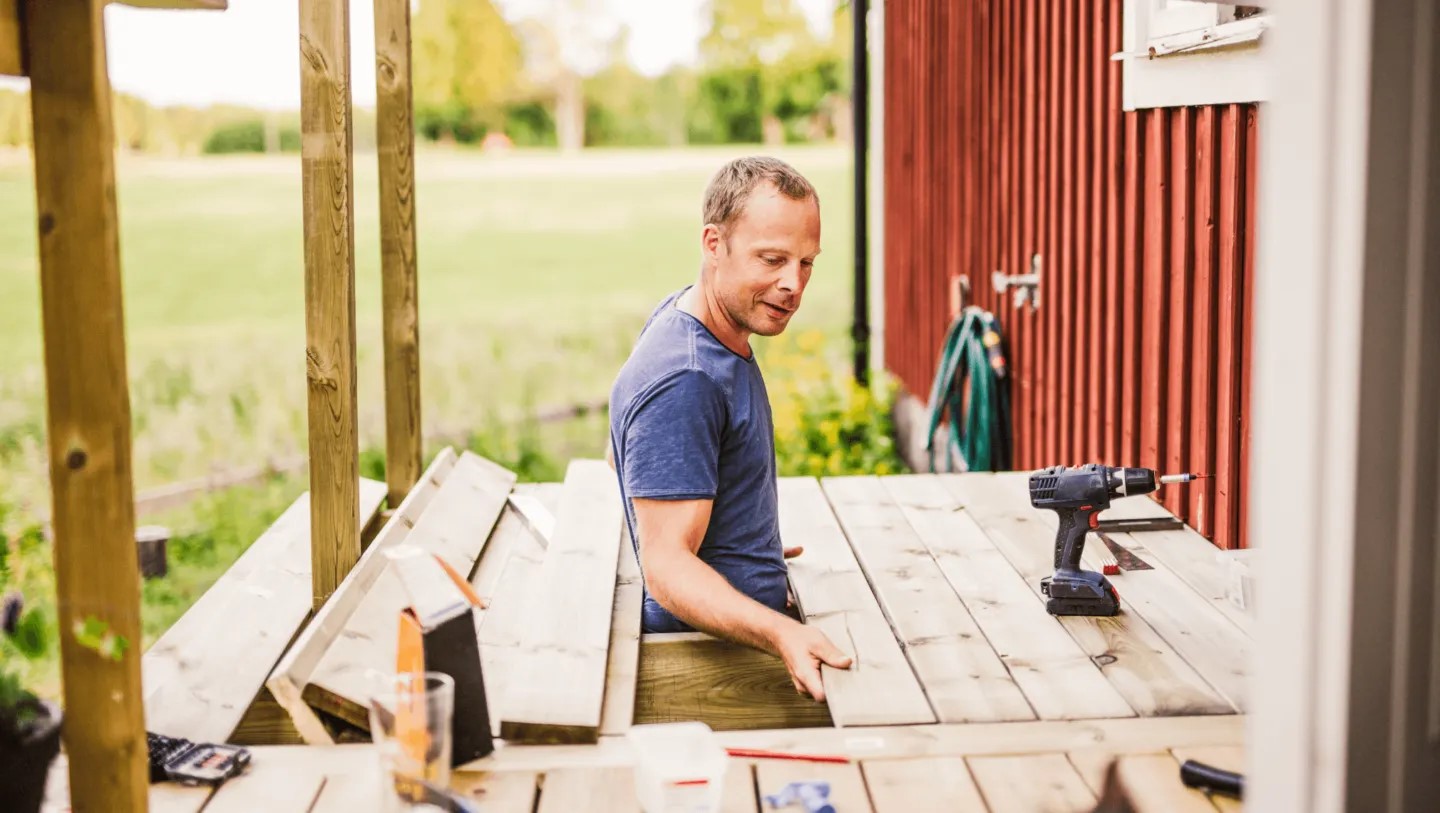
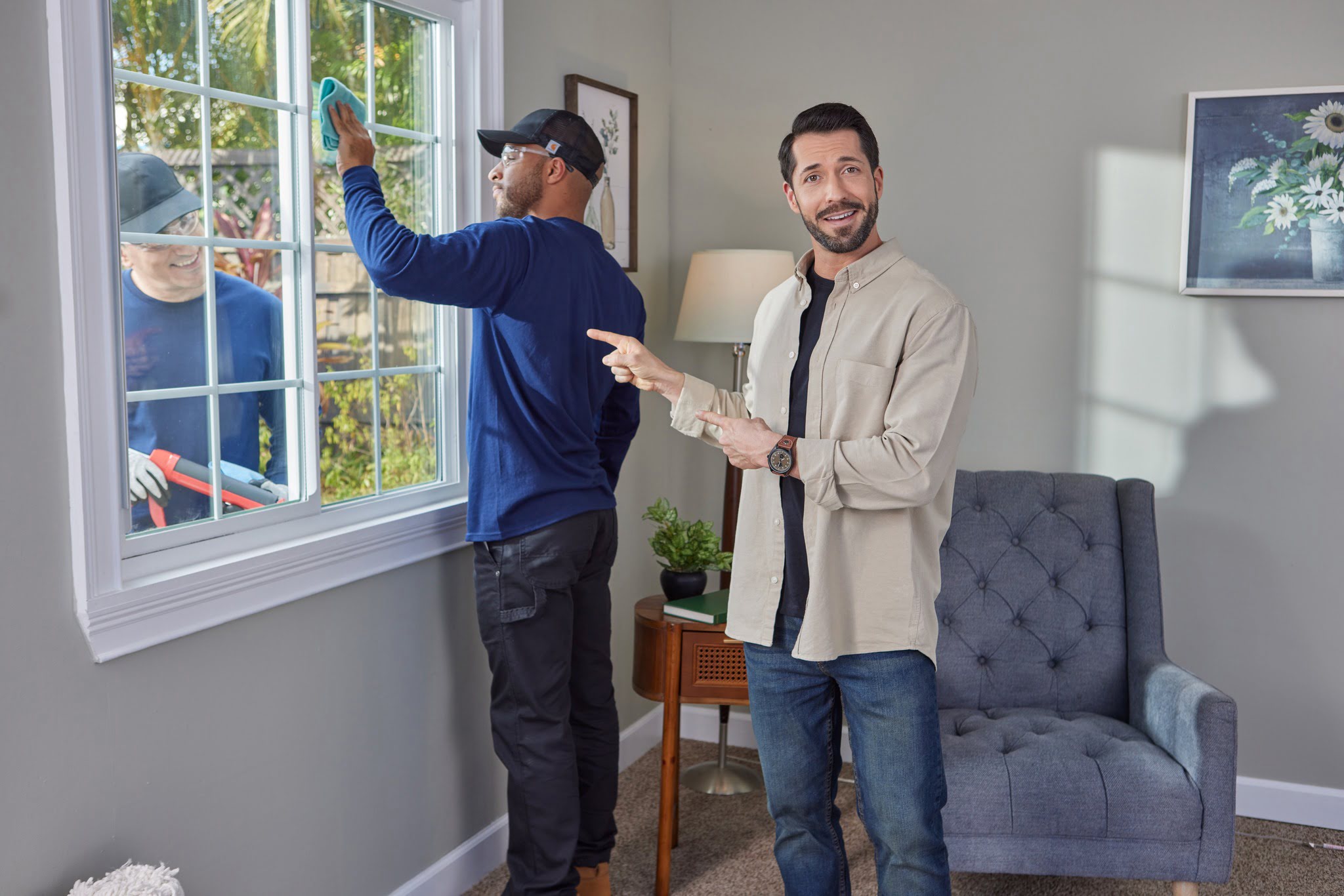
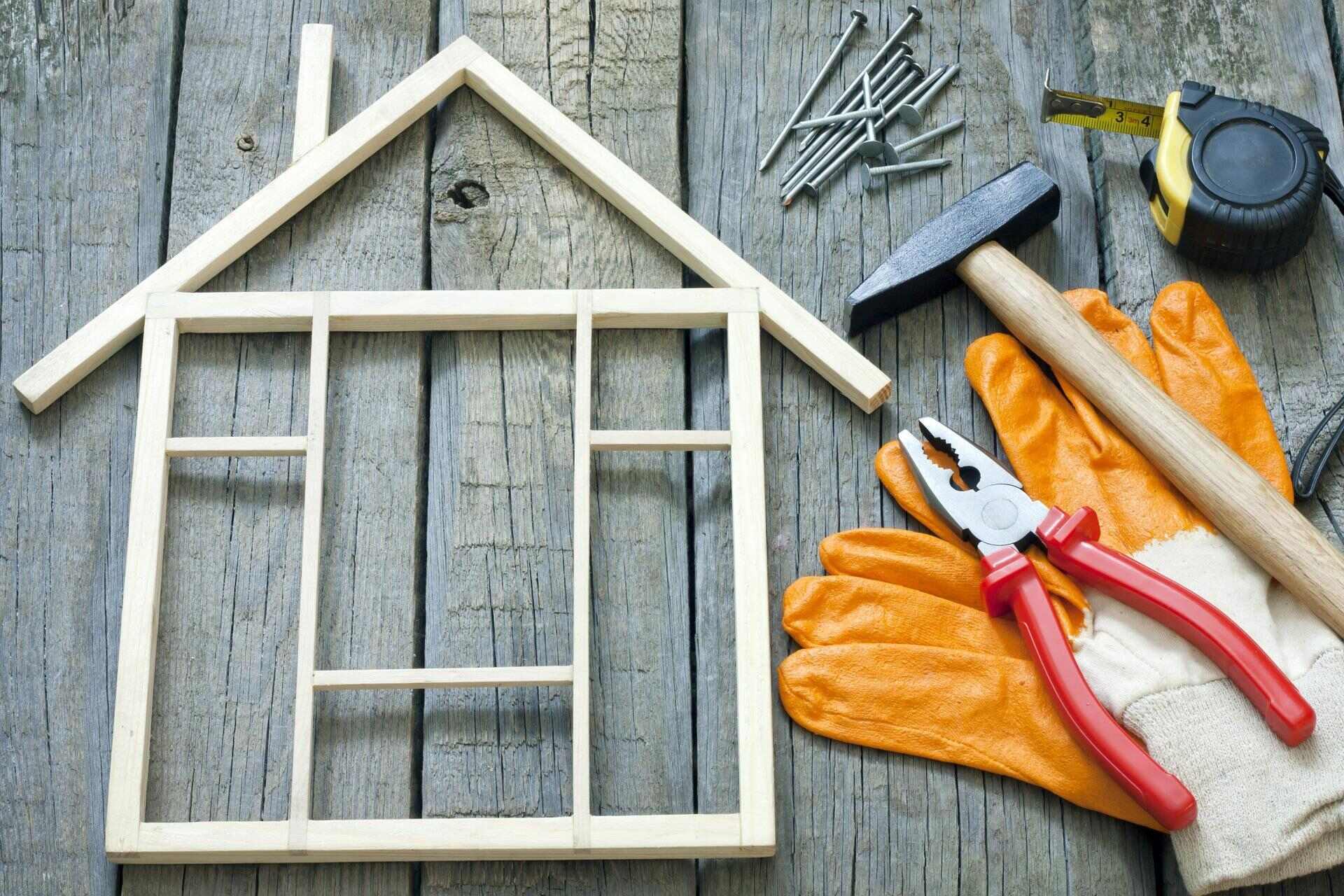
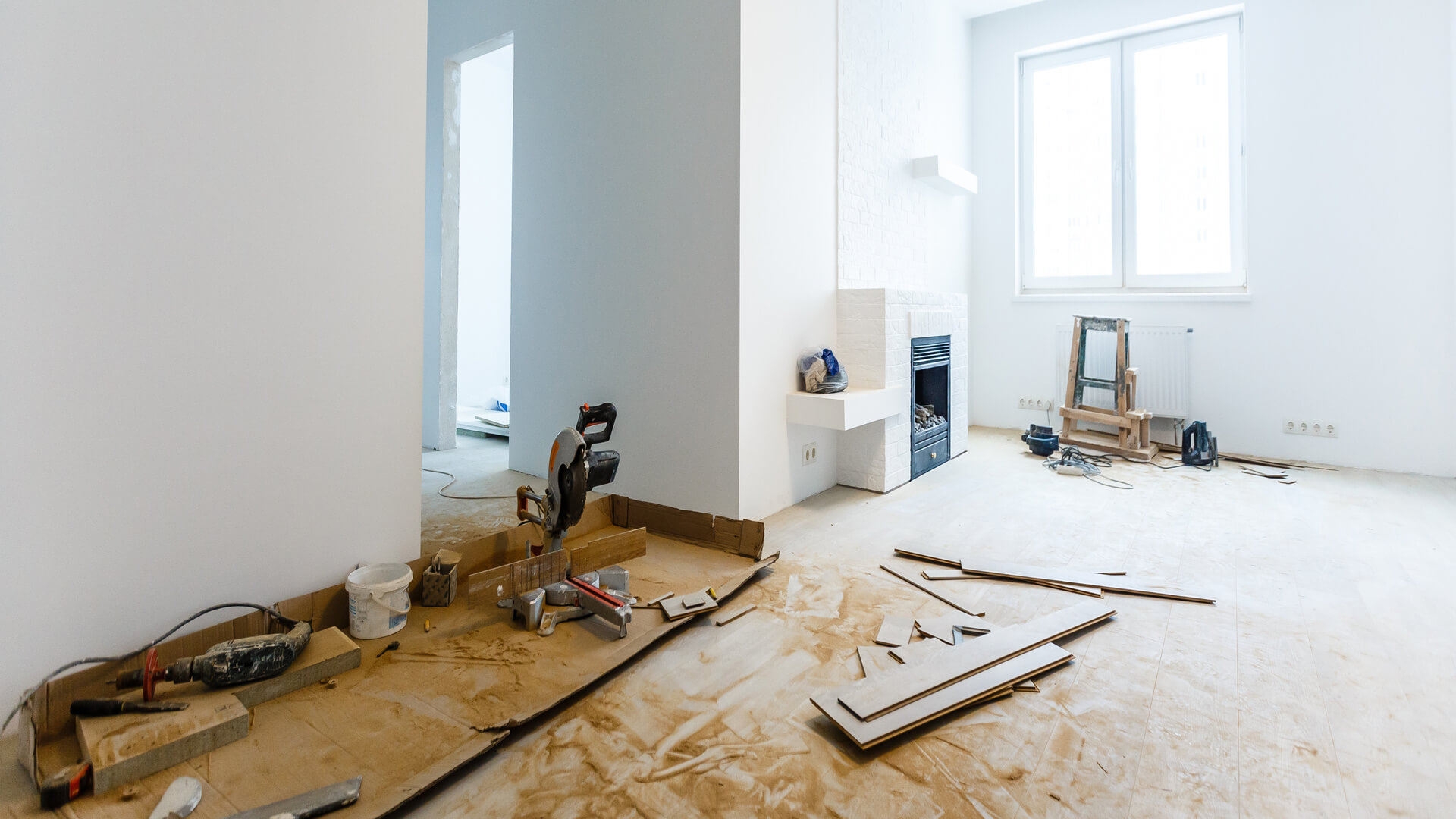
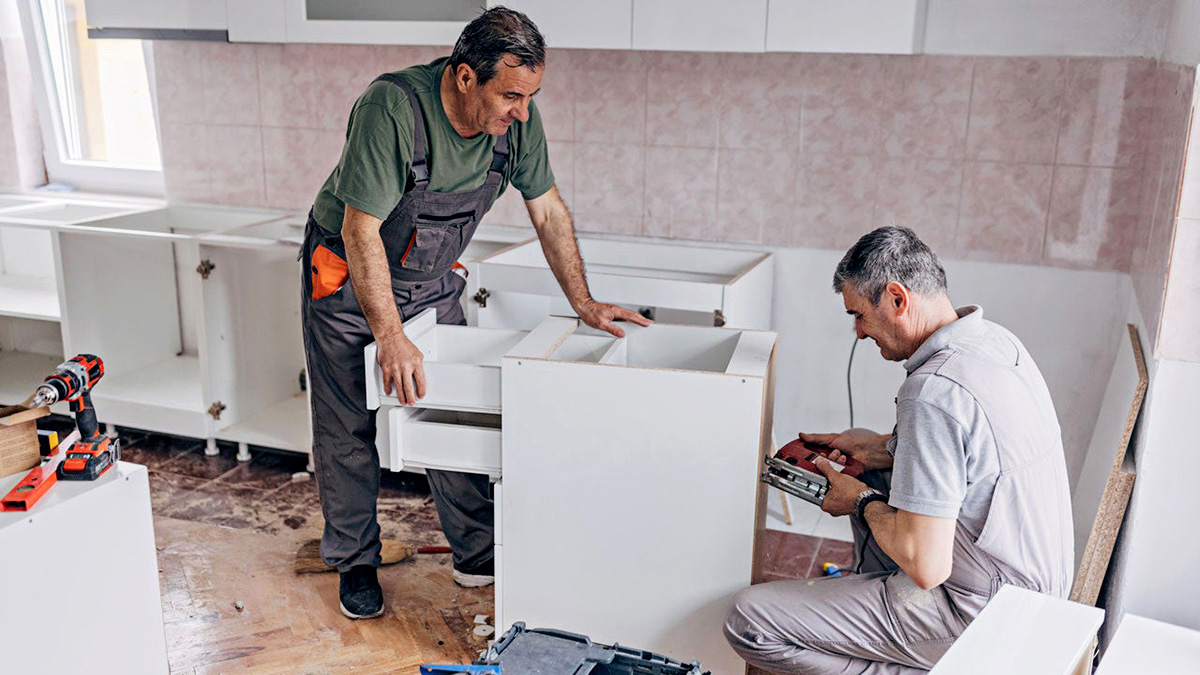
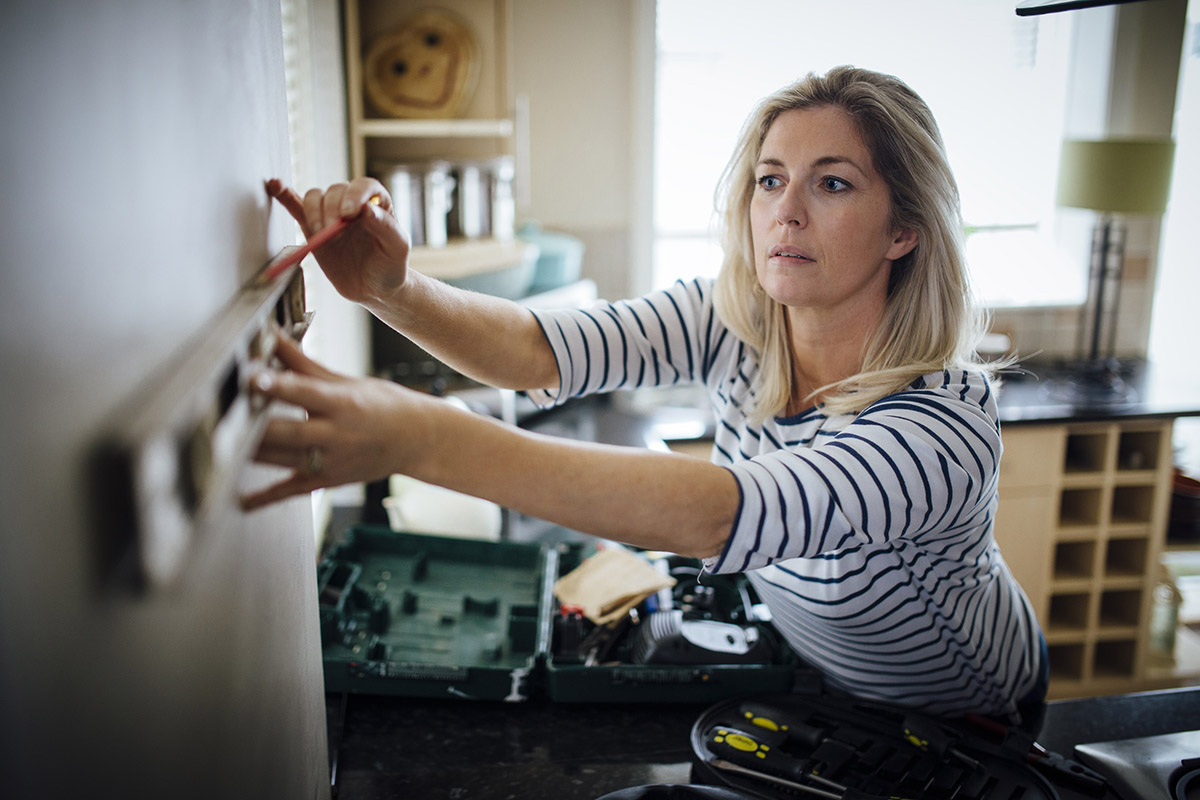
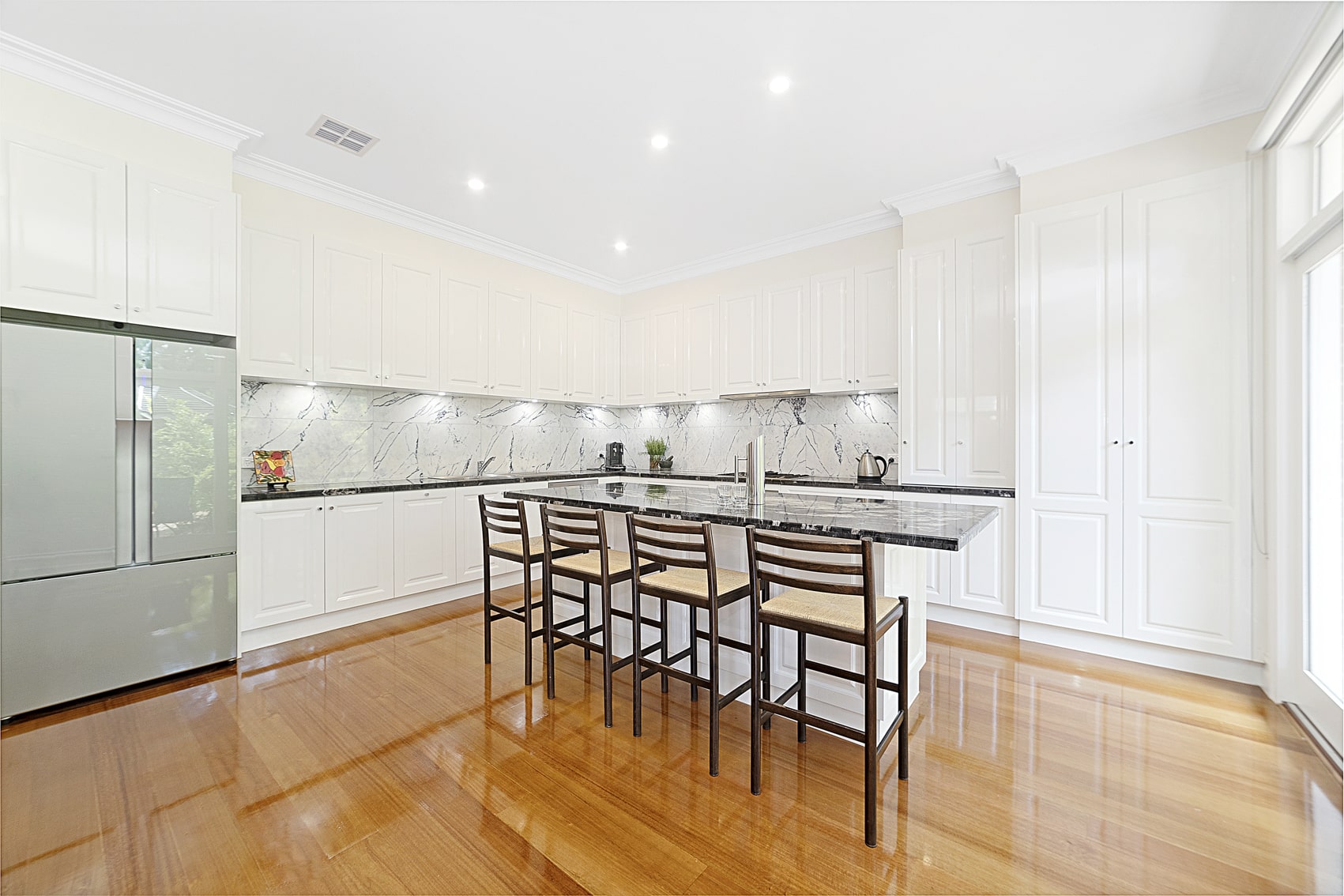
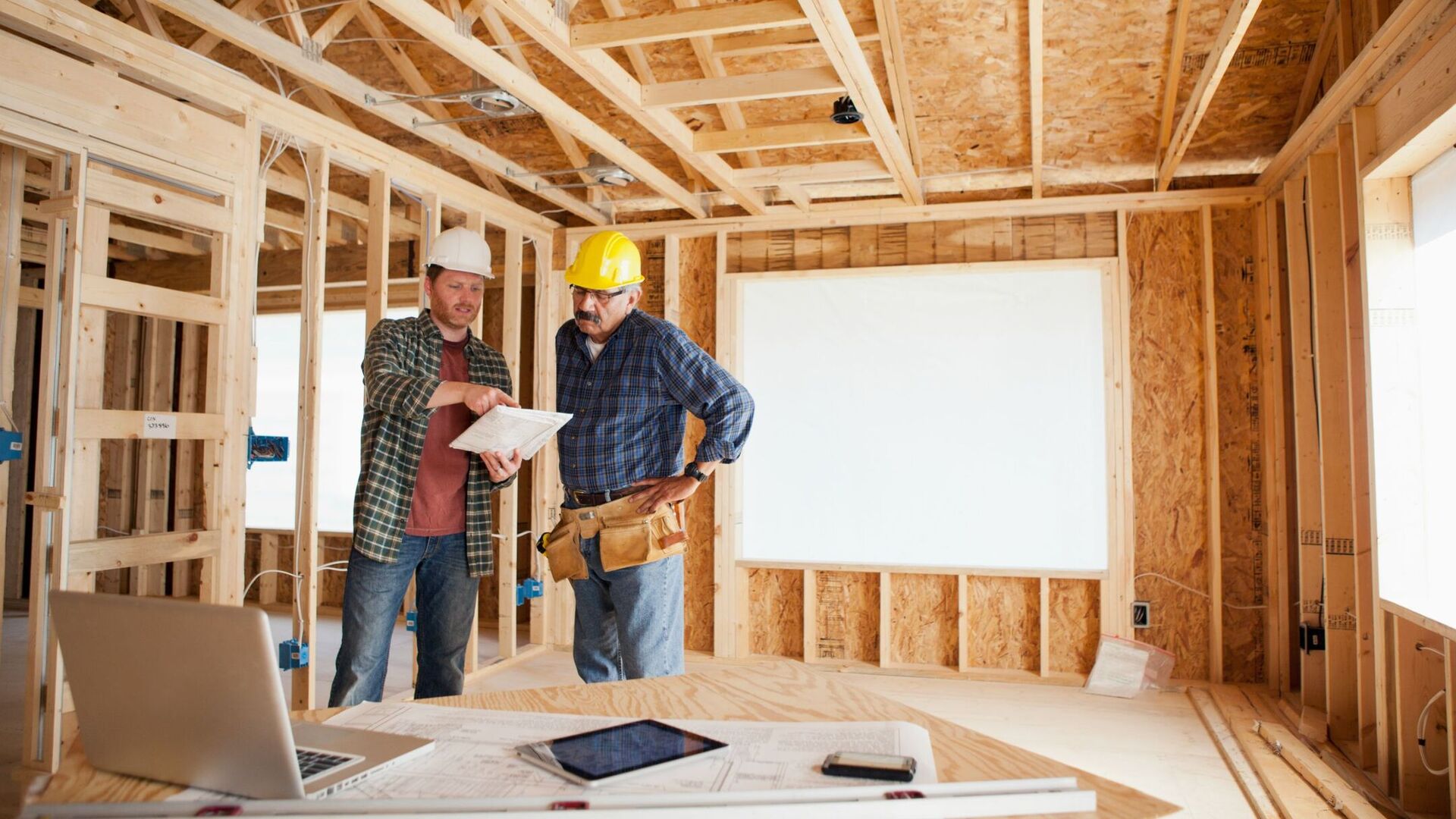

0 thoughts on “What Home Improvements Do Not Add Value?”